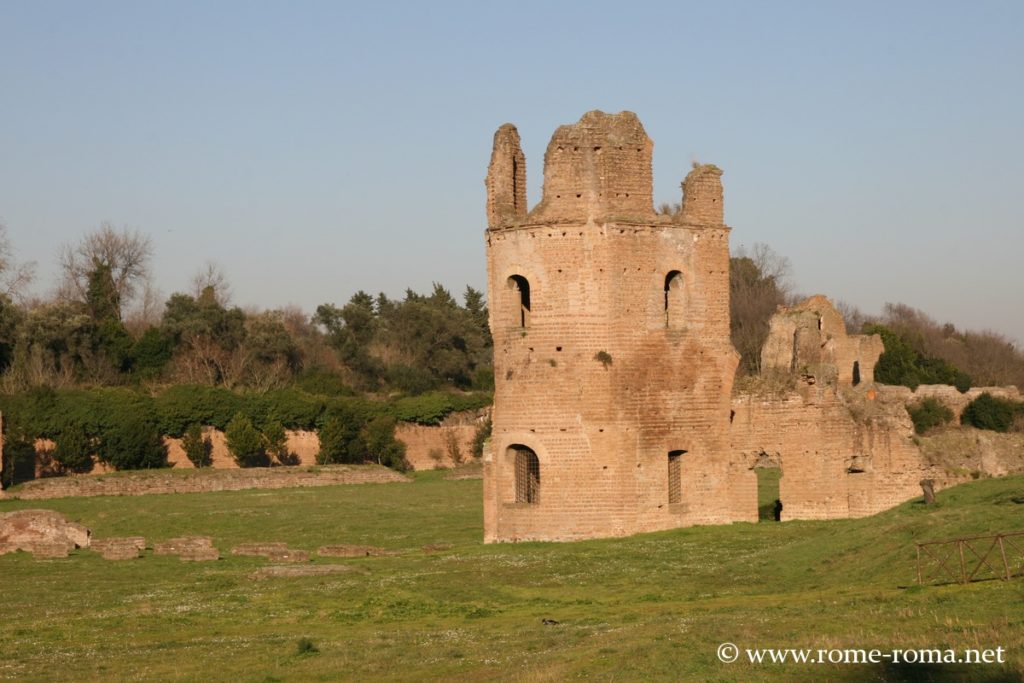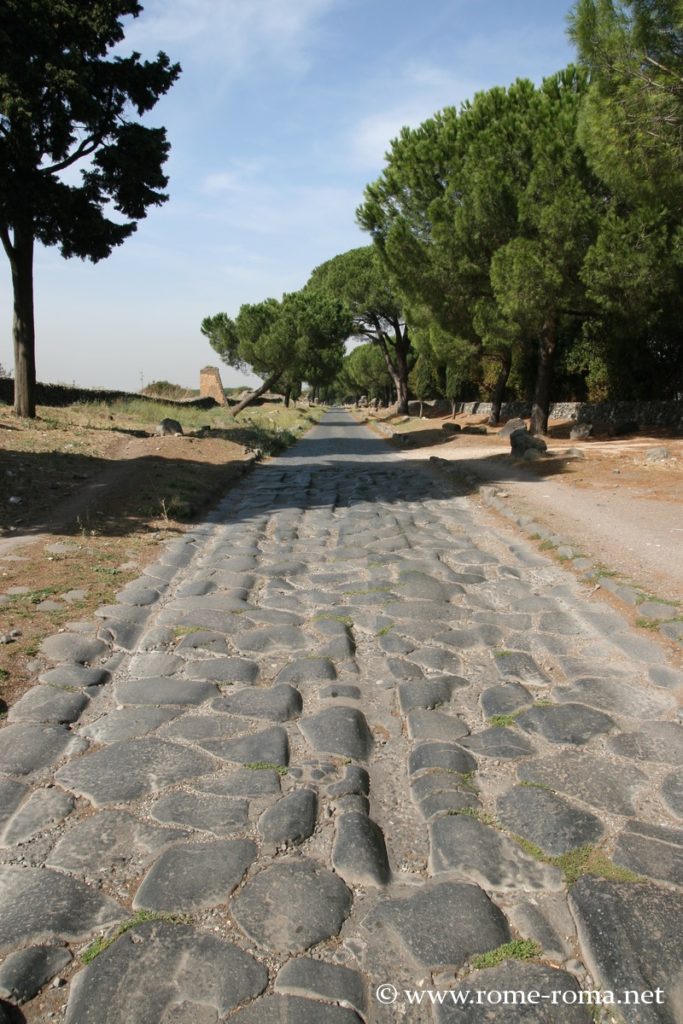The Appia Antica Park
Just outside the city walls, the large Appian Way regional park stretches along the ancient roman way. It is one of the most remarkable discoveries in Rome, both for its natural and open landscape and for its many remains.
It includes three major Judeo-Christian catacombs (Catacombs of Saint Sebastian, Catacombs of Domitilla, and Catacombs of Saint Callixtus), numerous tombs, tumuli and Roman mausoleums (including that of Cecilia Metella), as well as important ancient villas and buildings (Circus of Maxentius and the Villa of the Quintili).
This ancient road was “doubled” further north from the 16th century onwards by the Via Appia Nuova, which is still designated today as SS7 (Strada Statale 7).
The area crossed by this latter road and by the nearby Via Tuscolana is mainly residential, urbanized from the 1930s onwards, when the Cinecittà film studios were also built, and especially in the 1950s.
Although the Appian Way can certainly be explored on foot, cycling is often more suitable. From the Aurelian Walls, one can freely follow the Appian Way for nearly 15 km, including 6 km beyond the G.R.A. (ring road) before it merges with the Via Appia Nuova.
Parks adjoining the Appian Way
The Appia Park includes other sites beyond the Appian Way itself, with the large adjoining Caffarella Park, crossed by the valley of the Almone stream with some remains, a farm, and meadows.
Between the Via Appia Nuova and the Tuscolana, the small Via Latina Park follows another Roman road lined with tombs, then the Torre Fiscale Park and the larger Aqueducts Park are crossed by several ancient aqueducts, but also by a railway line.
Main monuments and sites
- Appian Way Regional Park
 The Appian Way, the first paved road built by the Romans, leads ...
The Appian Way, the first paved road built by the Romans, leads ...
Museums
More sites in the district
Practical information
- Good hotels within 3 km of the Mausoleum of Cecilia Metella on the Appian Way, sorted BY PRICE (room for 2 adults)
- Good and very good hotels sorted BY DISTANCE from the Mausoleum of Cecilia Metella on the Appian Way (room for 2 adults)
Sites in the Appia/Tuscolana district
If you see this after your page is loaded completely, leafletJS files are missing.




